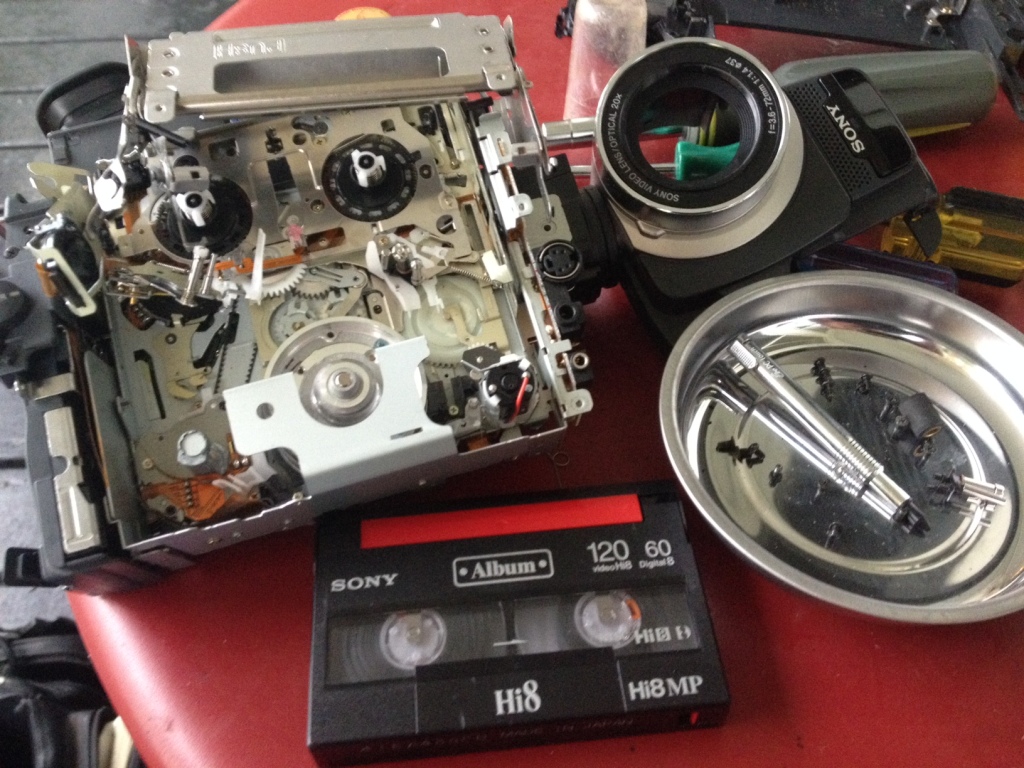A picture speaks a thousand words, but sometimes, that’s still not enough. Prior to joining the MA Communication program at Queens University, I primarily limited my communications to texts and still imagery, but several courses over the past two years challenged me to broaden my visual horizons.
Each class pushed me to use various software and resources to develop videos, podcasts, presentations, book reviews, vlogs, blogs, or social media pages. Some of the best tools I’ve learned to use are presentation tools that I can use in meetings and learning environments. More specifically, Prezi proved to be a more interactive, visually-stimulating alternative to PowerPoint. I also appreciated learning about Screencast-O-Matic which allows me to create visual learning resources that can be shared among my fellow team members. On a more personal level, I probably had the most fun developing a podcast about leadership and institutional knowledge at my place of employment. Modeled after an NPR news segment, I was able to capture interviews and sound effects that were cut together to form an informative narrative. This story not only got other people to open up about their experiences, it allowed me to mentally step out of the organization and view our leadership structure from a distance.
Each of these platforms taught me a new skill, but more importantly, they helped me understand the platforms I like and don’t like. I now want to use video editing to create more video news releases for TV communications and engagement with our stakeholders. And if time permits, I would like to convert some of our organization’s institutional knowledge into podcasts.

The development of new technological skills was an important takeaway from the MA program, but it’s not the primary component of digital and media literacy. I think, more than anything, I learned that it’s important to promote communication and understanding through digital tools that engage the senses. By seeing and hearing a concept in new ways, the listener is able to fill in the gaps and make connections that are less evident in a two-dimensional world.
Example Project
